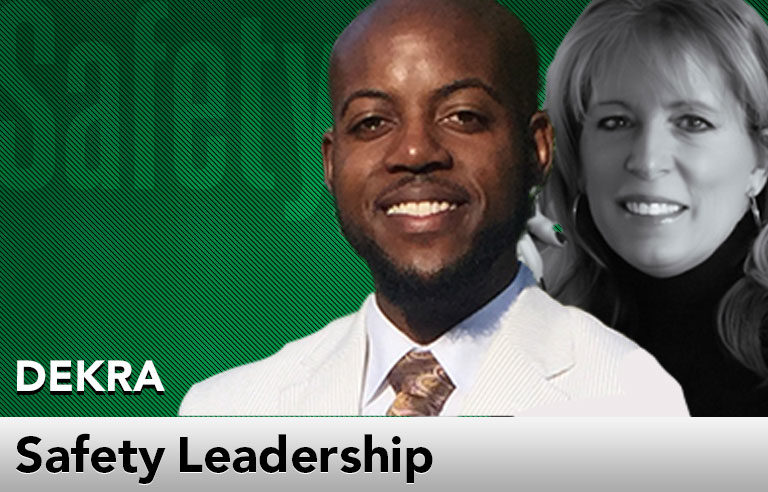
Editor’s Note: Achieving and sustaining an injury-free workplace demands strong leadership. In this monthly column, experts from global consulting firm DEKRA share their point of view on what leaders need to know to guide their organizations to safety excellence.
In the bustle of workplace interactions, the casual exchange of “sup” often signals a more profound culture of trust and open communication. This psychological safety zone is where employees feel empowered to speak up and voice concerns without fear of reprisal. It’s a realm where ideas flow freely, leading to a stronger sense of belonging and engagement. This type of work environment is critically important, as employees need not only physical safety but also psychological and social safety to perform at their best.
What motivates people to engage? To speak up? Humans have an intrinsic need for recognition and acknowledgment. Regular appreciation encourages employees to express themselves in the workplace and cultivates a culture of trust and collaboration. Neglecting this aspect of human nature has dire consequences, with high turnover rates and decreased productivity plaguing organizations that fail to prioritize employee engagement.
Establishing and promoting a speak-up culture is a task that falls primarily on leadership. Leaders not only set the tone but also shape the culture through their words and actions. When leaders prioritize active listening, value employee feedback and act on it, they commit to creating a safe and inclusive environment where everyone’s voice matters. By actively encouraging participation and collaboration, fostering genuine connections, and promoting continuous learning, leaders can significantly enhance employee ownership and buy-in, leading to positive organizational outcomes.
Frontline leaders hold a crucial position in shaping the culture. Their role isn’t only about asking probing questions and seeking input on safety concerns but also about encouraging such discussions. Through initiatives such as regular safety audits and open forums, employers can tap into the expertise on the front line to identify and address potential hazards before they escalate. Skilled supervisors who ask open-ended, probing questions and provide positive guidance and feedback can build a culture of engagement and safety over time.
Recognition and rewards for sharing ideas reinforce speaking up, creating a feedback loop that drives continuous improvement. By building a platform with fluid communication channels, organizations lay the groundwork for a world-class safety culture in which every voice matters and proactive engagement is the norm.
Although transforming an organization’s culture can be challenging and time-consuming, the long-term benefits of fostering a speak-up culture are significant and transformative. The philosophy of “See something, say something” isn’t just a slogan but a powerful tool that can redefine workplace dynamics for the better. It can increase employee engagement, improve safety, and create a more inclusive and innovative work environment.
Leaders must also adopt the mindset and take notice: Do they see people tuning out? Not speaking up? Going through the motions? That’s their sign to step up their efforts to reverse the trend. By investing in leadership development programs that focus on enhancing communication skills, promoting employee engagement and fostering a culture of feedback, organizations can pave the way for a more collaborative, innovative and safe work environment.

